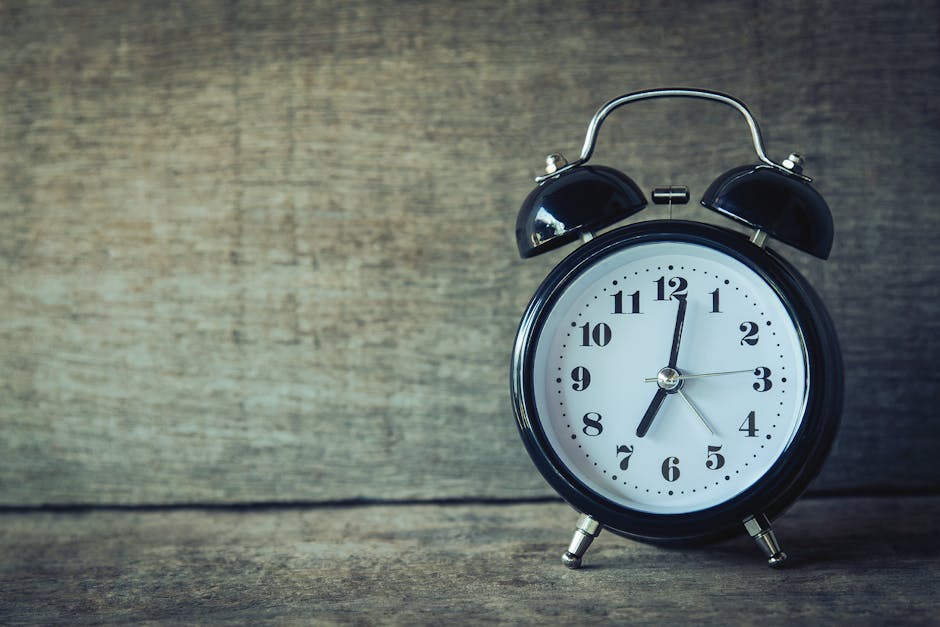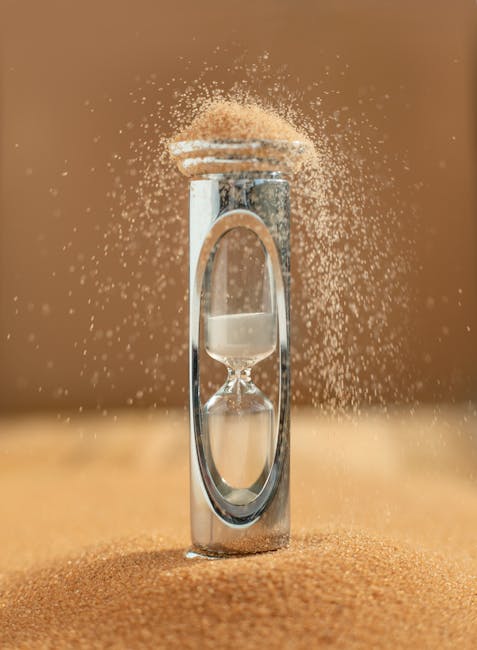Creatine Timing: The Ultimate Guide to Maximize Muscle Growth and Performance
Creatine, a naturally occurring compound found in your body and certain foods, has become a staple supplement for athletes and fitness enthusiasts alike. Its effectiveness in boosting strength, power, and muscle growth is well-documented, but the question of when to take creatine remains a topic of much discussion. This comprehensive guide will delve into the science behind creatine timing, examining different strategies and helping you determine the optimal approach for your individual needs and goals.
Understanding Creatine’s Mechanism
Before diving into the timing strategies, it’s crucial to understand how creatine works. Creatine monohydrate, the most studied and effective form, increases the levels of phosphocreatine (PCr) in your muscles. PCr acts as an energy reservoir, providing a rapid source of energy during high-intensity activities. By boosting PCr levels, creatine helps you perform more repetitions, sets, and overall training volume, leading to enhanced muscle growth and strength gains.
The body naturally produces creatine, but supplementation significantly increases its levels in muscle tissue. This increase isn’t instantaneous; it requires a period of “loading” followed by a maintenance phase. However, the timing of your creatine intake within these phases, and relative to your workouts, significantly impacts its efficacy.

Creatine Loading vs. Maintenance
Two primary approaches to creatine supplementation exist: loading and maintenance. The loading phase involves taking higher doses (typically 20 grams per day) for 5-7 days to rapidly saturate your muscles with creatine. This accelerates the benefits, but isn’t strictly necessary. The maintenance phase involves taking lower doses (typically 3-5 grams per day) to maintain the elevated muscle creatine levels. While loading might seem faster, maintenance is just as effective in the long run and generally better tolerated.
Optimal Creatine Timing Strategies
Pre-Workout Creatine: Fueling Your Training
Taking creatine before your workout can provide a direct boost in energy and performance during your session. While not definitively proven to be superior to other timing strategies, it aligns well with the idea of having readily available creatine for immediate use during high-intensity exercise. This approach is especially appealing to athletes focusing on strength and power training.
Post-Workout Creatine: Muscle Recovery and Growth
Taking creatine after your workout taps into the “muscle protein synthesis” window, a period when your muscles are more receptive to nutrient uptake and repair. The logic here is that creatine, along with other nutrients, can facilitate muscle recovery and growth. This method may be particularly beneficial for those prioritizing muscle hypertrophy (growth).

Throughout the Day: Consistent Levels
Some prefer to distribute their daily creatine intake throughout the day, regardless of workout timing. This ensures a consistent supply of creatine to your muscles, maintaining saturation and potentially providing a steady energy benefit throughout the day. This method removes the need to time your intake precisely around workouts.

Creatine and Hydration
Creatine draws water into your muscle cells, leading to increased cell volume. This is a desirable effect, contributing to muscle growth and strength. However, adequate hydration is critical. Dehydration can negate the benefits of creatine and even lead to side effects like muscle cramps. Therefore, drinking plenty of water throughout the day, especially when supplementing with creatine, is essential.
Factors Affecting Creatine Timing
- Training Type: High-intensity workouts may benefit more from pre-workout creatine, while endurance training may not see significant gains from any particular timing.
- Individual Differences: Metabolic rates and individual responses to creatine vary, so finding what works best for you through experimentation might be necessary.
- Dietary Factors: Creatine absorption can be influenced by other dietary factors, but the evidence is not conclusive enough to warrant significant dietary adjustments.
- Overall Health and Fitness Goals: Your overall health and fitness goals should guide your supplementation strategy.
Debunking Creatine Myths
Many misconceptions surround creatine supplementation. It is not a steroid, and it doesn’t cause liver or kidney damage in healthy individuals at recommended doses. Weight gain associated with creatine is primarily due to water retention in muscles, not fat gain. The slight increase in weight often translates into increased muscle mass and strength.
Choosing the Right Creatine Timing for You
The optimal creatine timing is ultimately a matter of personal preference and experimentation. While there’s no universally accepted “best” time, consistent intake is key. Start with one of the strategies outlined above, monitor your energy levels, strength gains, and muscle recovery. You might find that you experience the best results by adjusting your creatine intake based on your training schedule and personal needs.
Conclusion
Creatine is a powerful supplement that can significantly enhance your strength, power, and muscle growth. While the ideal timing remains a subject of ongoing research, the evidence supports the effectiveness of consistent creatine supplementation regardless of the timing strategy. Consider your individual needs, training schedule, and experiment to discover the timing approach that maximizes your results. Remember to stay well-hydrated and listen to your body!

